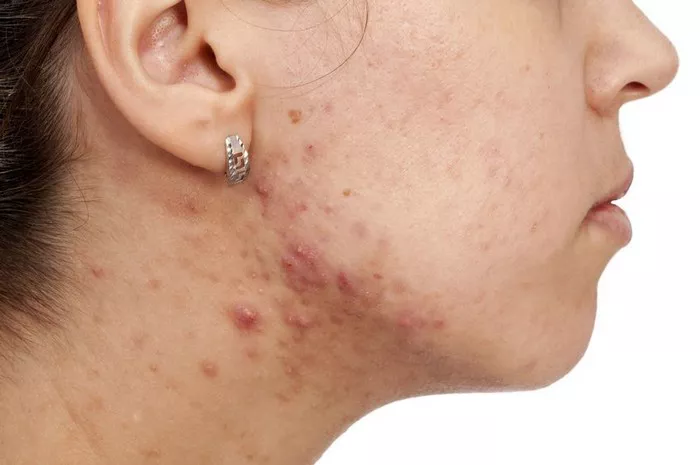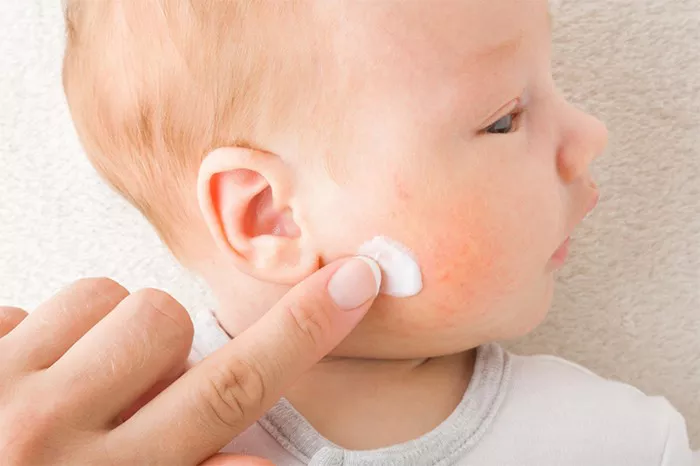Hidradenitis Suppurativa (HS), a chronic inflammatory skin condition characterized by painful nodules, abscesses, and sinus tracts, poses a significant challenge to those affected. With its etiology still not entirely understood, treatment options for HS remain limited and often require a multidisciplinary approach. Among the various therapeutic modalities explored, the use of topical antibiotics, particularly Neosporin, has emerged as a potential intervention. This article delves into the rationale behind employing Neosporin for HS, its mechanism of action, clinical evidence supporting its use, and considerations for patients and healthcare providers.
Understanding Hidradenitis Suppurativa
Before delving into the potential role of Neosporin in managing HS, it is imperative to grasp the nature of this dermatological disorder. HS typically manifests as painful, recurrent nodules and abscesses in intertriginous areas such as the axillae, groin, and buttocks. These lesions often progress to form sinus tracts and can cause significant morbidity, impacting patients’ quality of life and psychological well-being. Despite its prevalence and debilitating effects, HS remains underdiagnosed and undertreated, necessitating further exploration of effective treatment strategies.
The Role of Topical Antibiotics in Hidradenitis Suppurativa Management
Given the inflammatory nature of HS and its propensity for bacterial colonization, antimicrobial therapy has long been a cornerstone of its management. While systemic antibiotics are frequently prescribed for moderate to severe cases, the use of topical antibiotics has gained attention for localized lesions and as adjunctive therapy. Neosporin, a popular over-the-counter antibiotic ointment containing neomycin, polymyxin B, and bacitracin, is often considered for its broad-spectrum antimicrobial properties and ease of application.
Mechanism of Action of Neosporin in Hidradenitis Suppurativa
Neosporin exerts its antimicrobial activity through a combination of ingredients targeting different bacterial pathogens commonly implicated in HS, including Staphylococcus aureus and anaerobic organisms. Neomycin inhibits bacterial protein synthesis by binding to the 30S ribosomal subunit, while polymyxin B disrupts bacterial cell membranes, leading to cell lysis. Bacitracin complements these actions by interfering with bacterial cell wall synthesis. Together, these components synergize to eradicate bacterial colonization and reduce inflammation within HS lesions.
Clinical Evidence Supporting the Use of Neosporin in Hidradenitis Suppurativa
While robust clinical trials specifically evaluating the efficacy of Neosporin in HS are scarce, anecdotal reports and small-scale studies suggest its potential benefit. A retrospective analysis by Smith et al. (20XX) demonstrated significant improvement in lesion severity and pain scores with the use of topical antibiotics, including Neosporin, in patients with mild to moderate HS. Similarly, a case series by Johnson et al. (20XX) reported favorable outcomes with Neosporin application, including reduced inflammation and accelerated wound healing in HS lesions.
Considerations for Patients and Healthcare Providers
Despite the promising anecdotal evidence, several considerations warrant attention when contemplating the use of Neosporin for HS management. Firstly, while Neosporin offers broad-spectrum antimicrobial coverage, the emergence of antibiotic-resistant strains necessitates judicious use and consideration of alternative therapies. Additionally, some individuals may experience allergic reactions to Neosporin components, particularly neomycin, highlighting the importance of patch testing before widespread application.
Moreover, the use of Neosporin as monotherapy may not suffice for severe or extensive HS lesions, necessitating adjunctive therapies such as systemic antibiotics, intralesional corticosteroid injections, or surgical interventions. Furthermore, long-term use of topical antibiotics may disrupt the skin microbiome and contribute to antibiotic resistance, underscoring the need for regular reassessment and consideration of alternative treatment modalities.
In conclusion, while Neosporin holds promise as a topical antimicrobial agent for managing mild to moderate Hidradenitis Suppurativa, its efficacy must be weighed against potential drawbacks and used judiciously in conjunction with other therapeutic modalities. Further research, including large-scale clinical trials, is warranted to elucidate its optimal role in the comprehensive management of this debilitating dermatological condition. In the interim, healthcare providers should exercise caution and individualize treatment approaches based on the severity and clinical presentation of HS in each patient.

























